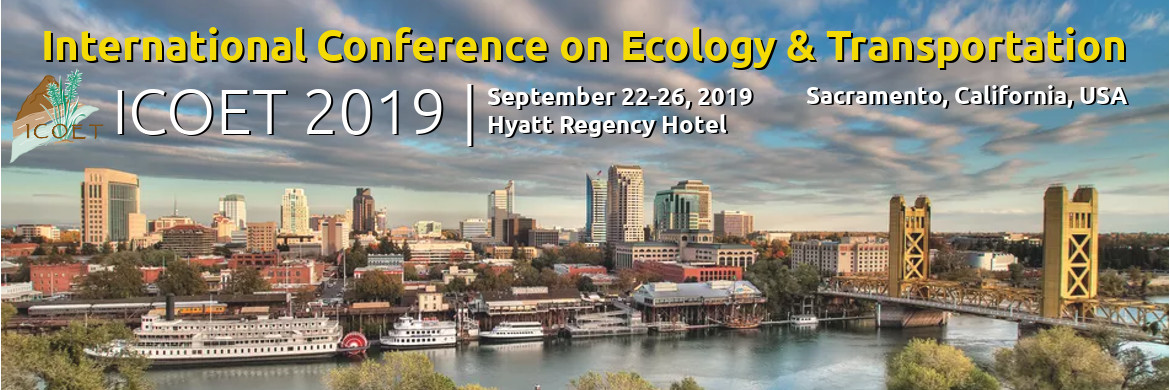Since 1984, double-crested cormorant (Phalacrocorax auritus) nesting has been documented on the underside of the original east span of the San Francisco-Oakland Bay Bridge (SFOBB). By 2007, the SFOBB colony had grown to become one of the largest in Northern California with more than 800 nests. Following the Loma Prieta Earthquake in 1989, the California Department of Transportation (Caltrans) began the planning that would ultimately lead to the replacement of the original east span. Recognizing that demolition of the original east span would remove what had grown to become a critical local nesting site for the species, Caltrans decided to construct nesting platforms along the middle of the skyway on the new east span in the hopes that the colony would relocate. The new nesting platforms were completed in 2009 and enticements were installed with the goal of relocating the colony to the new location. Enticements included cormorant decoys, audio broadcasts of cormorant calls, faux nests, nest boxes, and mirrors designed to mimic greater density on the platforms. However, as demolition of the original span began in 2014, the new nesting platforms sat unused as the colony held onto the remaining sections of the original east span. On March 28, 2017, the final span of the original bridge superstructure was lowered, effectively removing the colony's historic habitat. On April 5, 2017, the first cormorant observations on the new platforms were recorded. By May 2017, approximately 600-700 birds were observed roosting and nesting on the new platforms. The double-crested cormorants observed are likely the same population that were using the original east span.
